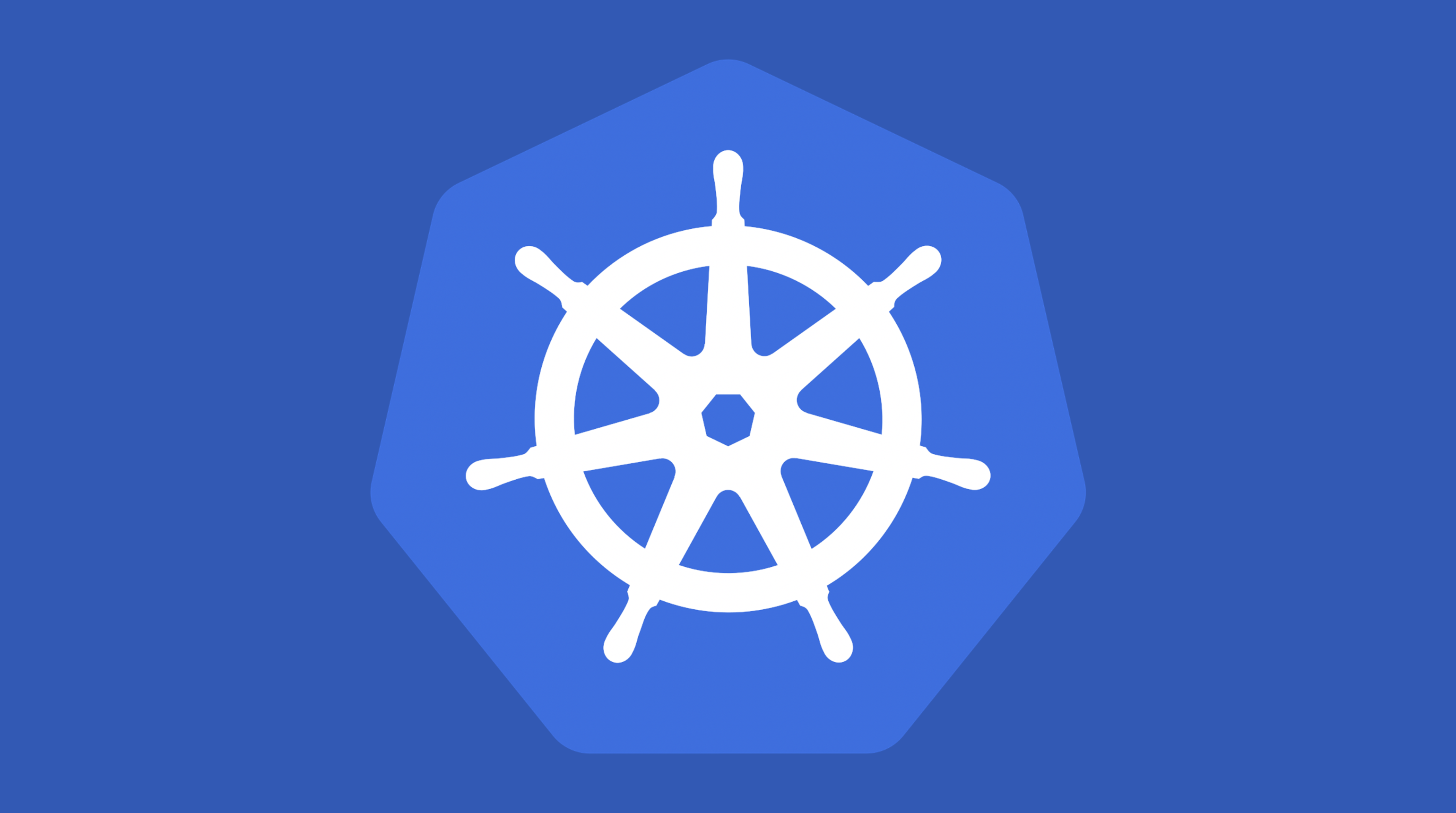Mastering Kubernetes Cluster Monitoring
Kubernetes has emerged as a powerful container orchestration platform, gaining widespread popularity in recent years. However, monitoring a Kubernetes cluster can be a challenging task due to its many moving parts and complexities.
Challenges in Monitoring
One of the main hurdles in monitoring Kubernetes is the dynamic nature of the platform. Pods are constantly being created, updated, and deleted, necessitating a monitoring solution that can keep pace with these changes. Additionally, the distributed nature of Kubernetes clusters makes it difficult to get a clear picture of the system’s state.
Effective Solutions for K8’s Monitoring
Despite these challenges, there are effective solutions for Kubernetes monitoring:
- Prometheus: An open-source monitoring system that’s designed to be scalable and flexible. It can collect metrics from all parts of a Kubernetes cluster, providing an aggregated view of the system’s health.
- Grafana: An open-source dashboard tool that can visualize metrics from Prometheus. It allows for the creation of custom dashboards to track the health of a Kubernetes cluster.
Together, Prometheus and Grafana offer a comprehensive monitoring solution for Kubernetes clusters.
Additional Kubernetes Monitoring Tips
To enhance your Kubernetes monitoring strategy, consider the following tips:
- Employ service discovery tools to automatically locate pods.
- Implement a centralized logging solution to aggregate logs from all parts of the cluster.
- Set up alerts to be notified of any issues promptly.
- Regularly review your dashboards to identify trends and potential issues.
Ensuring Kubernetes Cluster Health
By following these tips and utilizing Prometheus and Grafana, you can ensure that your Kubernetes cluster is properly monitored, thus being informed promptly about any arising issues.
